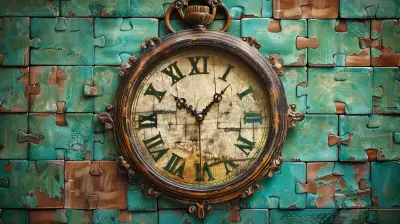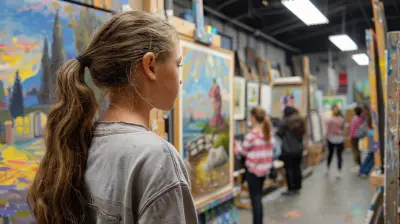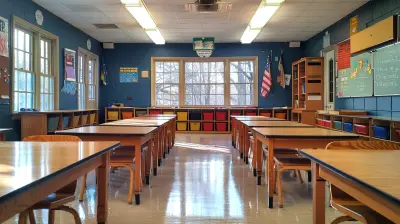The Role of the Catholic Church in Medieval Europe
15 August 2025
The Catholic Church played a massive role in shaping medieval Europe. It wasn’t just a place of worship—it was the center of life, influencing everything from politics and education to art and daily routines. In a time when kingdoms rose and fell, the Church remained a constant force. But how exactly did it wield such power? Let’s break it down. 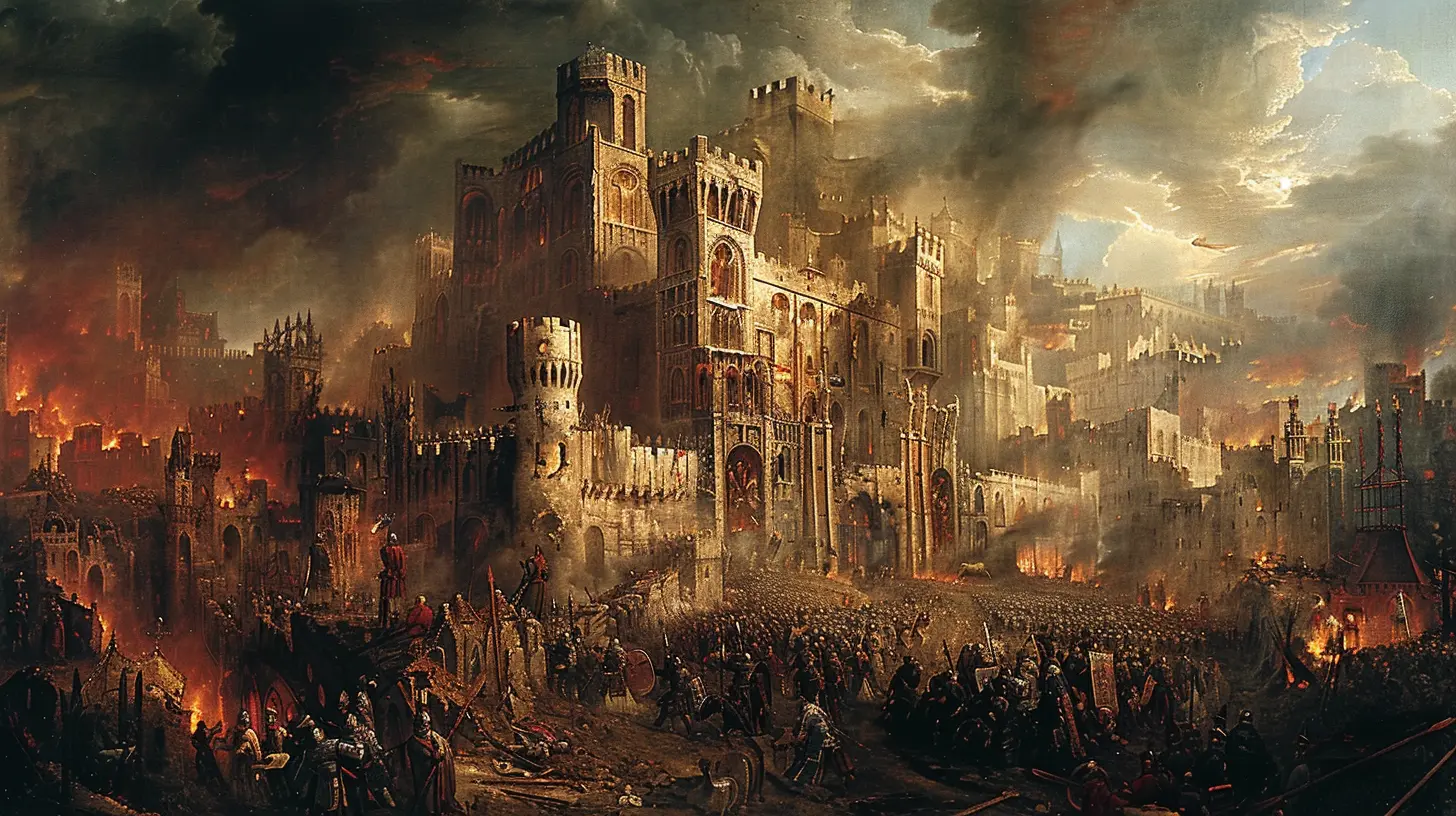
The Catholic Church: A Pillar of Medieval Society
In medieval Europe (roughly 5th to 15th century), the Catholic Church was more than a religious institution. It was the glue that held society together. Kings and peasants alike followed its teachings, and its influence stretched across every aspect of life.At a time when most people were illiterate, the Church provided guidance—not just spiritually but also socially and politically. It owned vast amounts of land, collected tithes (a kind of religious tax), and was often wealthier than some kingdoms. But the Church’s power wasn’t just about money; it was also about control over people’s beliefs and education. 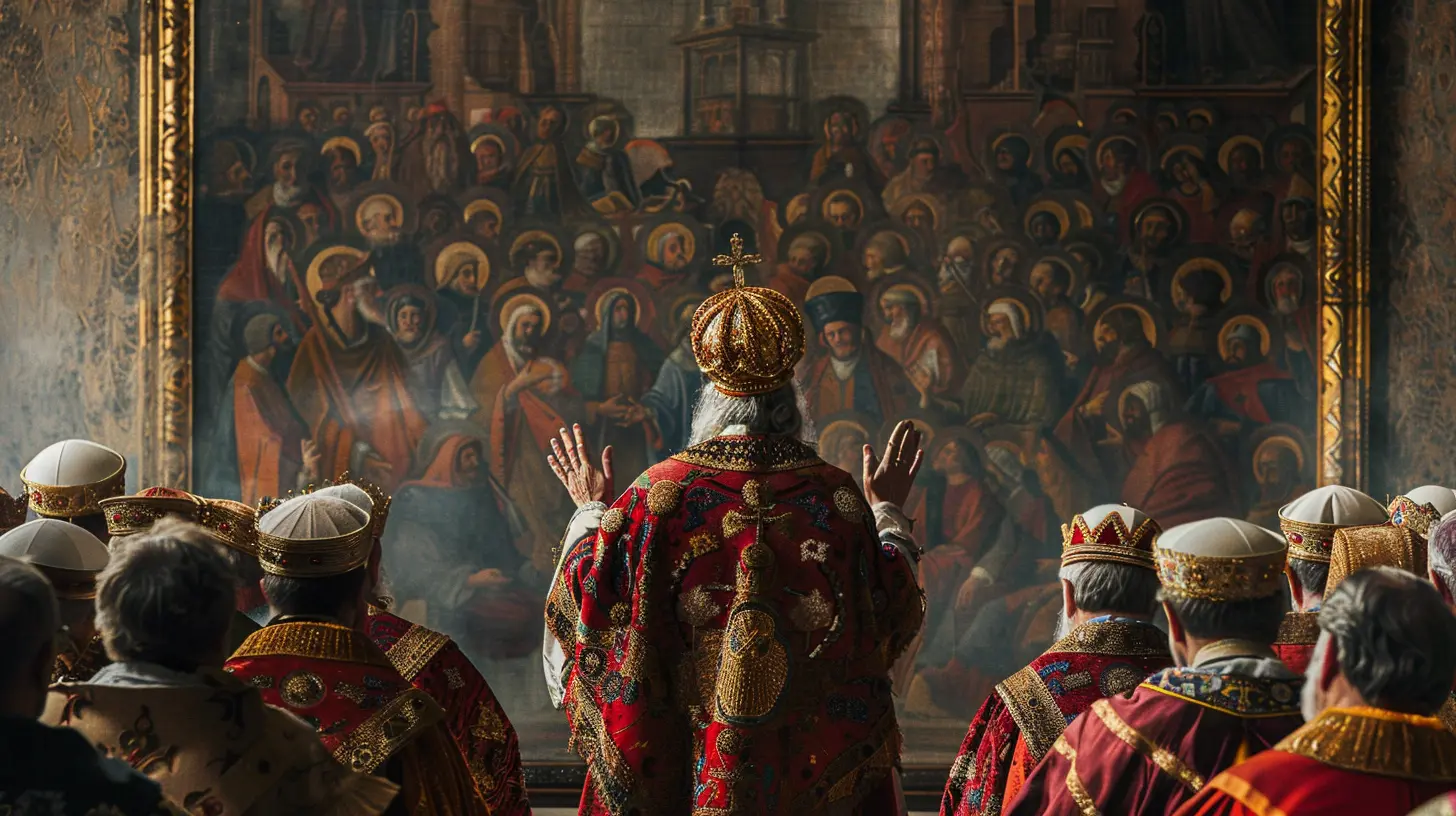
Religious Dominance: The Church as the Gateway to Salvation
Back then, people believed that life on Earth was just a temporary phase—a test before the afterlife. And the Church positioned itself as the only path to heaven.Sacraments and Religious Obligations
The Church controlled key religious practices known as sacraments, such as baptism, marriage, and last rites. These were essential for salvation, meaning everyone—from kings to peasants—had to rely on the Church to secure their place in the afterlife.Missing Mass or disobeying the Church’s teachings wasn’t just frowned upon; it was seen as a serious offense. And if someone was excommunicated (essentially banned from the Church), it was a devastating punishment—both socially and spiritually.
The Power of Excommunication and Interdicts
The Church had an iron grip on rulers too. If a king defied the Pope, he could be excommunicated. This meant that not only was he cut off from the Church, but his subjects were also "released" from obeying him. In extreme cases, the Pope could place an entire kingdom under an interdict, banning all religious ceremonies—including marriages and burials. Imagine the chaos that would create!This wasn’t just about religion; it was a form of political control. No ruler wanted to risk the wrath of the Church. 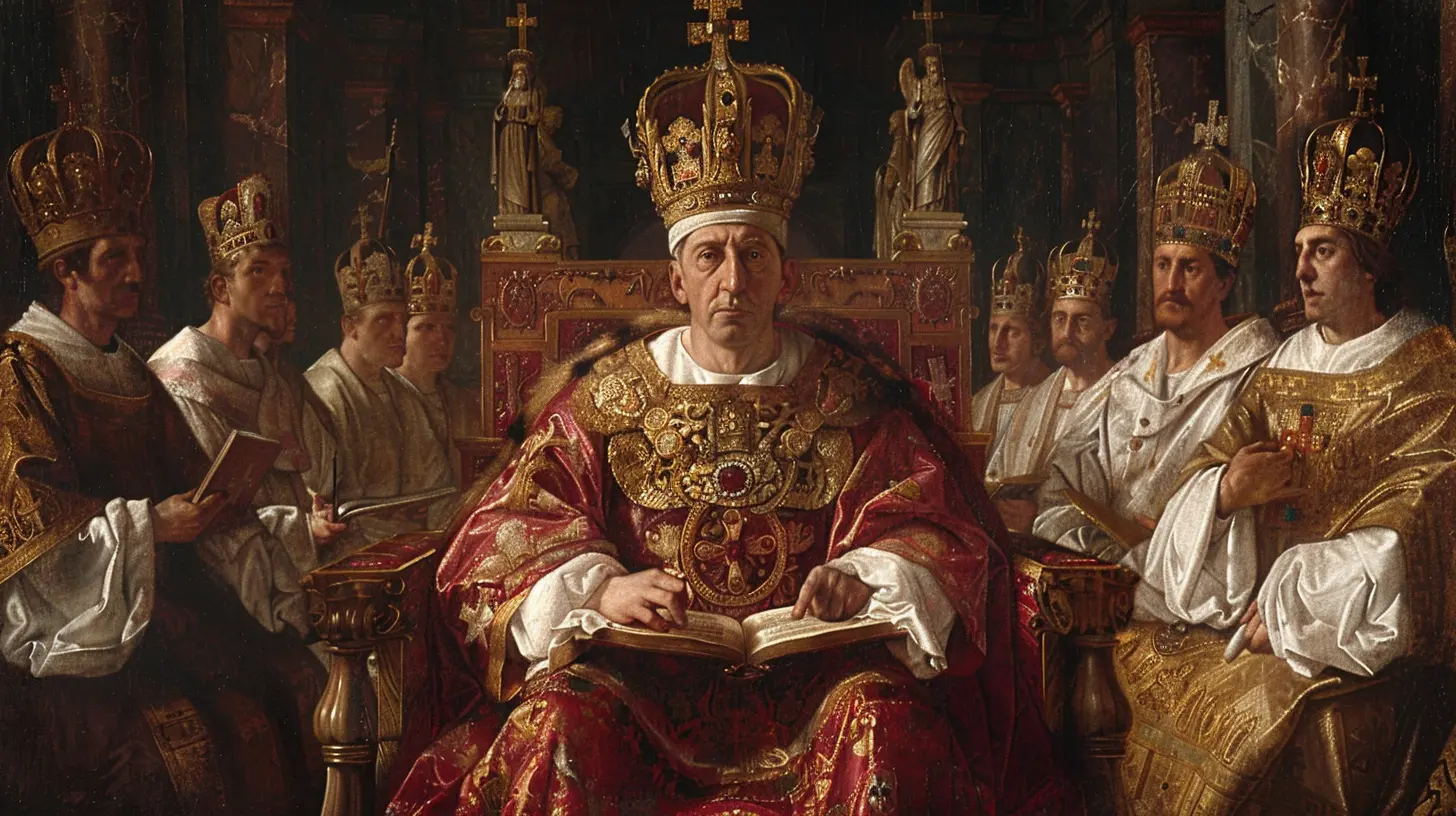
The Church and Political Power: A Medieval Superpower
If medieval Europe were a chessboard, the Catholic Church would be the queen—moving freely in all directions, influencing both kings and commoners alike.The Pope vs. Kings: A Constant Struggle for Power
While kings ruled their own territories, the Pope had authority over all Christians. This often led to power struggles. One famous example was the Investiture Controversy in the 11th century. The issue? Who got to appoint bishops—the Pope or the king? This wasn’t a small matter since bishops controlled land and wealth.At one point, Pope Gregory VII and Holy Roman Emperor Henry IV clashed over this very issue. Henry even got excommunicated. To regain favor, he had to make a humiliating journey to Canossa in 1077, where he stood barefoot in the snow for three days before the Pope forgave him. Talk about power dynamics!
The Church and the Holy Roman Empire
The Church wasn’t just passive in politics—it actively shaped it. The Pope had a significant say in who became the Holy Roman Emperor, and he could also undermine rulers who didn’t comply. Monarchs needed the Church’s blessing to be seen as legitimate, reinforcing the Church’s grip on governance.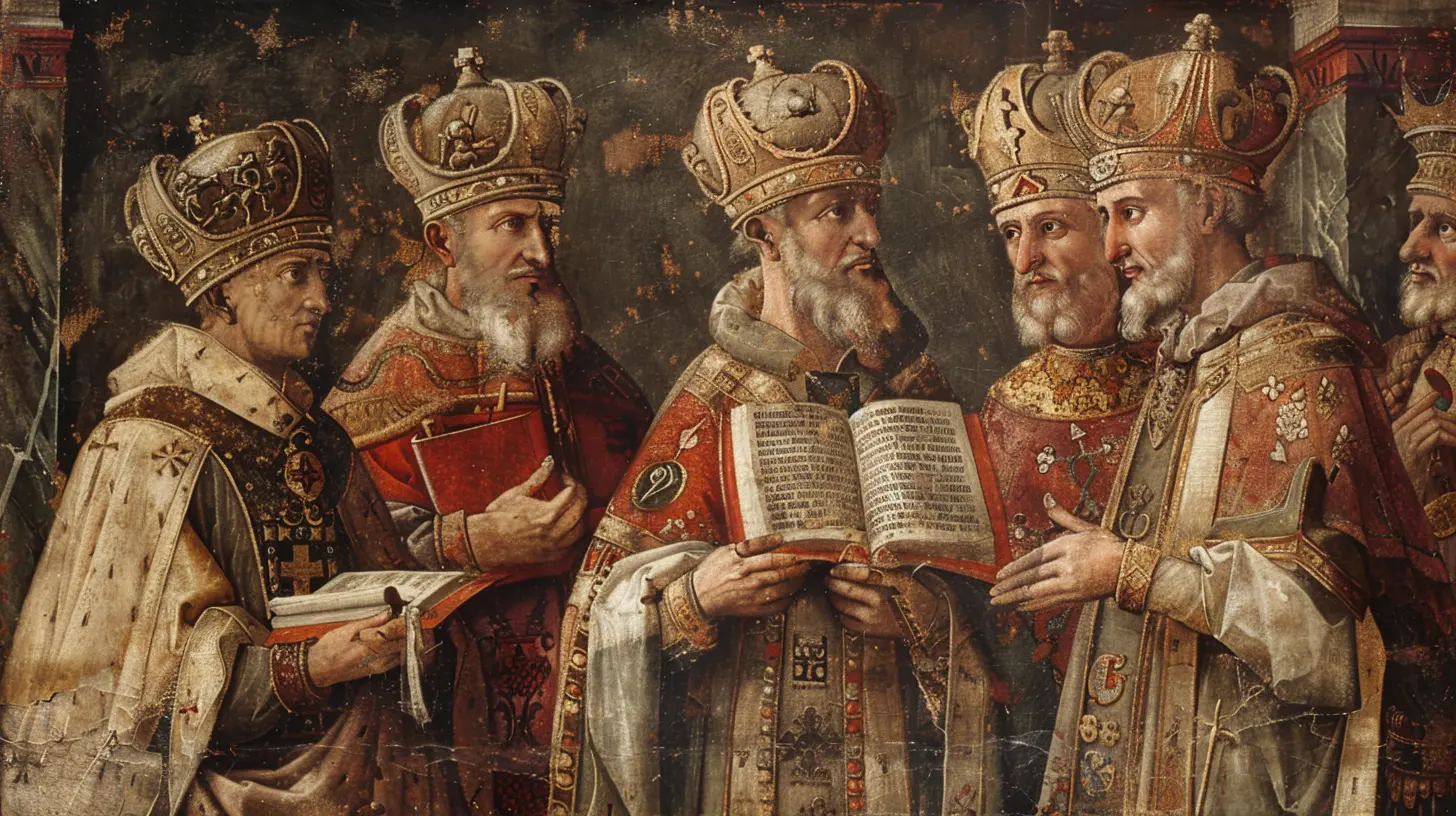
The Church as the Intellectual and Educational Hub
Today, universities and schools are mostly secular, but in medieval Europe, education was the Church’s domain.Monasteries: The Centers of Knowledge
Monks and nuns didn’t just pray all day. They copied manuscripts, preserved ancient knowledge, and even made scientific observations. Monasteries became the main centers of learning, offering education to future priests and scholars. Without them, much of ancient Greek and Roman literature might have been lost to history.The Birth of Universities
Some of Europe's earliest universities, like Oxford and the University of Paris, started under the Church’s guidance. The clergy studied philosophy, theology, and law—subjects that shaped medieval thought. Latin, the language of the Church, remained the language of education and diplomacy.So, in a way, the Catholic Church was the medieval version of Wikipedia—controlling and spreading knowledge.
The Church’s Economic Influence: A Medieval Financial Giant
While it might seem strange today, the Catholic Church was one of the richest institutions in medieval Europe.Tithes: A Religious Tax
Every Christian was expected to give 10% of their income to the Church. This system, known as tithing, fueled the Church’s vast wealth, allowing it to build grand cathedrals and support an elaborate hierarchy of clergy.Land Ownership: More Than Just Places of Worship
The Church wasn’t just collecting donations—it was one of the largest landowners in Europe. Monasteries, cathedrals, and bishoprics controlled huge estates, often rivaling noble families in economic power.Banking and Loans
Interestingly, while the Church forbade usury (charging interest on loans), some monasteries found ways around it. They provided financial services, loaning money to kings and merchants while technically avoiding direct interest charges.The Role of the Church in Art and Architecture
Think of medieval Europe, and you probably picture towering cathedrals, dazzling stained glass windows, and breathtaking frescoes. The Church was the driving force behind much of this artistic explosion.Gothic Cathedrals: Architectural Marvels
The Church commissioned awe-inspiring cathedrals like Notre-Dame de Paris and Chartres Cathedral. These weren’t just places of worship; they were statements of power and grandeur, drawing pilgrims and showcasing the Church’s influence.Religious Art: Teaching the Illiterate
Most people in medieval times couldn’t read, so the Church used art—sculptures, stained glass, and paintings—to tell biblical stories. If you couldn’t read a Bible, you could "read" the walls of a church instead.The Church and the Crusades: Faith Meets Warfare
The Crusades (1096–1291) were a series of religious wars led by the Catholic Church to reclaim the Holy Land from Muslim control. While they were framed as holy missions, they also had political and economic motives.The Pope’s Call to Arms
Pope Urban II launched the First Crusade in 1095 with a fiery speech, promising knights and peasants that fighting for the Church would grant them salvation. This led to wave after wave of crusaders marching toward Jerusalem.Impact of the Crusades
The Crusades strengthened the Pope’s authority, opened up trade between Europe and the Middle East, and even led to the rise of banking systems. However, they also caused immense destruction and created lasting tensions between Christians and Muslims.Conclusion: No Medieval Europe Without the Church
It’s impossible to imagine medieval Europe without the Catholic Church. It wasn’t just about Sunday prayers—it shaped politics, education, the economy, and even war. It was a powerhouse, influencing every aspect of life.Of course, its immense power wasn’t without controversy. Corruption, power struggles, and conflicts with monarchs often painted the Church in a negative light. But whether for better or worse, the Catholic Church was the backbone of medieval Europe.
Without it, history would have taken a very different course.
all images in this post were generated using AI tools
Category:
History LessonsAuthor:

Olivia Chapman
Discussion
rate this article
1 comments
Iliana Huffman
This article beautifully captures the multifaceted role of the Catholic Church in shaping medieval European society. It’s fascinating to see how faith influenced culture, politics, and daily life during such a pivotal era. Great insights!
September 3, 2025 at 4:22 AM

Olivia Chapman
Thank you for your kind words! I'm glad you found the article insightful. The Church's influence on medieval society is indeed a fascinating topic!
